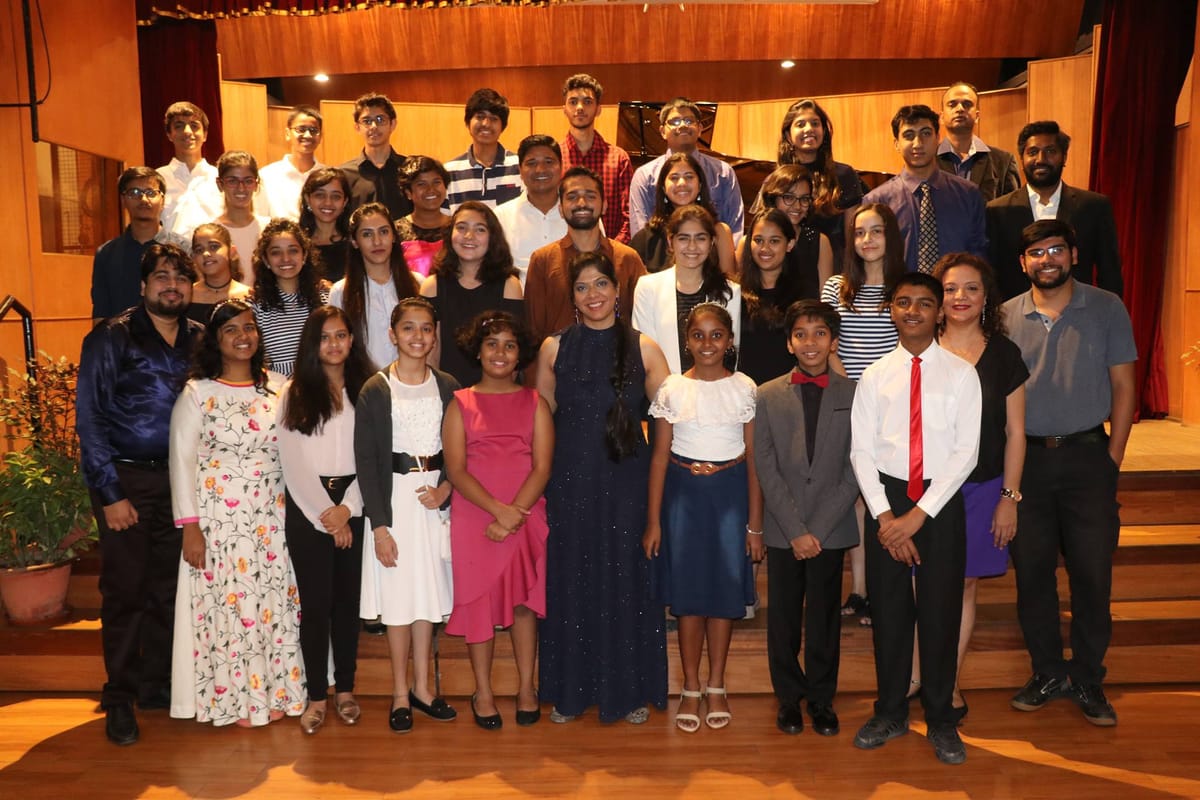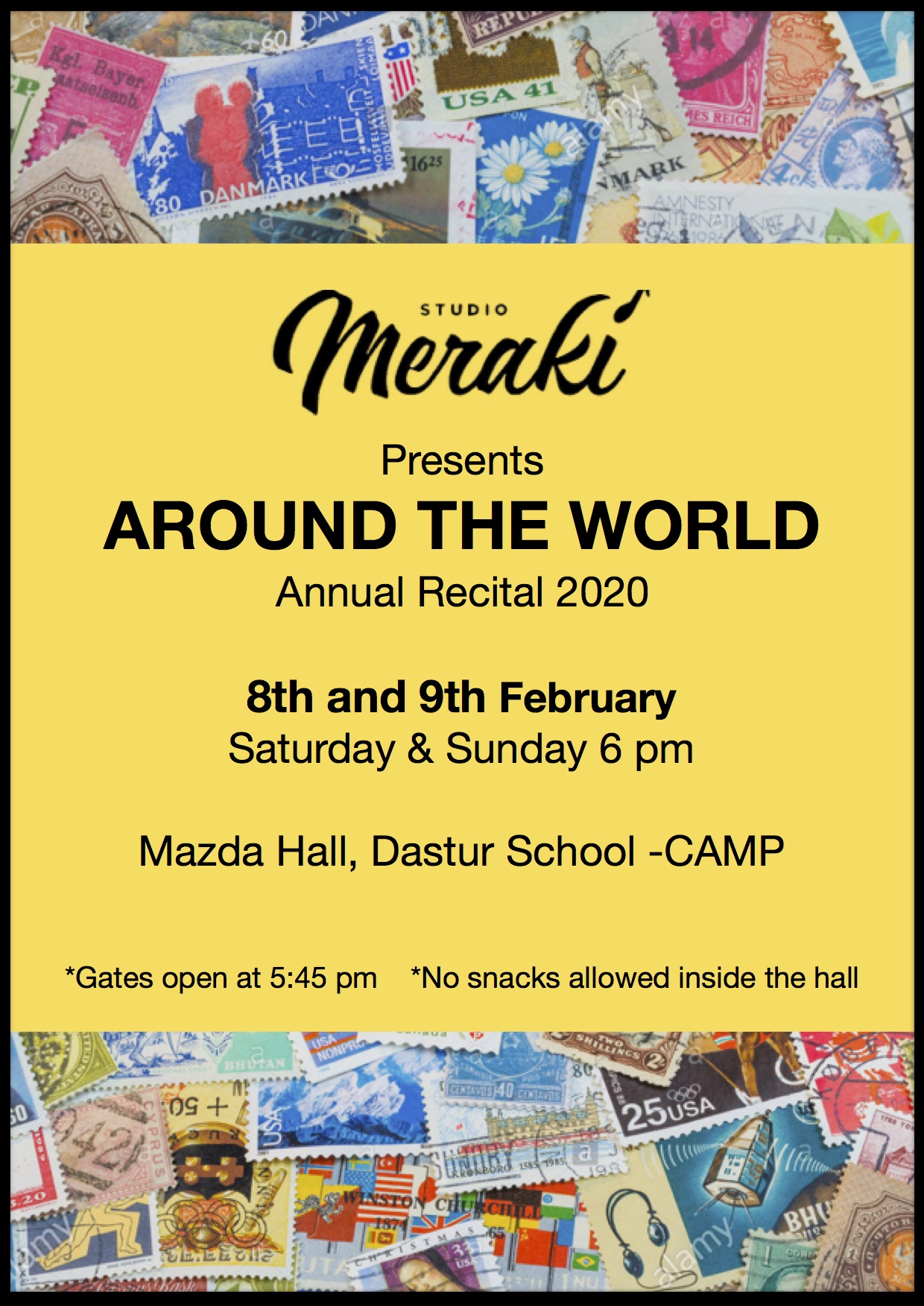AROUND THE WORLD WITH STUDIO MERAKI

When Kofi Annan introduced the lecture on “Why Music Matters” by Professor Leon Botstein in New York in 2004, he was asked what music has to do with the United Nations. He replied “music has to do with everything… In a world of diversity where often values clash, music leaps across language barriers and unites people of quite different cultural backgrounds. And so, through music, all peoples can come together to make the world a more harmonious place.”
Music has helped shape the society we live in and inspired change. The anti-apartheid and government-challenging lyrics of musicians like South Africa’s Miriam Makeba, the anthems of Bob Dylan for the anti-war and civil rights movement, John Lenon’s “Imagine” amongst others, continue to inspire generations. Concerts like Live Aid in 1985, organised by Bob Gedolf and Midge Ure raised $245 million for famine relief in Ethiopia.
Every country has its own type of music and a way that they play, listen and dance to it. The great thing about the different types of music from around the world is that we can all enjoy them no matter where we are from. To celebrate the diverse music from across the globe, my Studio decided to theme our annual recital this year “Around the world”. The programme consists of piano pieces written by composers from different nationalities or written by composers about their impressions of a place.
The journey of exploring new repertoire for this recital has been very gratifying. I discovered piano works by composers whose works rarely get played in concert halls, studied the musical flavour of different regions and the socio-economic conditions that have influenced it.
Here is a brief look at some of the repertoire that will be performed by my students this weekend:
Neils Gade (1817-1819) was the most important Danish composer of the day. He composed his 10 musical miniatures Aquarelle Op. 19 in a distinctive nationalist Scandinavian voice. Maltese composer Charles Camilleri’s (1931-2009) research of folk music, the influences of the sounds of Africa and Asia, together with the academic study of European music, helped him create a “universal” style displayed in the Little African suite and Cantilena written for the piano. Oskar Merikanto (1868-1914) was a Finnish composer and conductor and his Valse Lente Op. 33 was inspired by the style of Finnish Folk tunes. Czech composer Bohuslav Martinů (1890-1959), wrote a cycle of 14 short pieces called as “Puppets”. The Puppets are an extension of Martinů’s great love for theatre. Each of the short sketches is devoted to a puppet personality, strung together by the dancing and singing. Turkish contemporary pianist and composer, Fazil Say (Born 1970) received international attention with his piano piece “Black Earth”, written in tribute to the song Kara Toprak composed by Aşık Veysel, the last great Turkish balladeer.
With today’s technology, we have access to music from all corners of the world. With YouTube and streaming services, classical and contemporary piano music has found its way on most people’s playlist. Released in 1976, in the disco-era, Paul de Senneville’s Ballade pour Adeline’s world-wide sales of the first recording by Richard Clayderman reached 22 million copies in 38 countries. With millions of fans, and millions of YouTube views to boot, South Korean pianist and composer Yiruma effortlessly bridges the gap between popular and classical, with popular tunes like his “River Flows in You”. Two Jamaican Pieces- Jamaican Song and Jamaican Rumba- is a short suite composed in 1938 by Australian composer Arthur Benjamin which using melodies from the West Indies which has become Benjamin’s most popular work and was later orchestrated by him. Greek keyboardist and composer Yanni’s Reflections of Passion was his sixth studio album release and sold more than 2 million copies.
For our Indian composers, I chose to include pieces written by my friends, Vineet Panikkar and Nakul Jogdeo. Nakul’s Prelude is inspired by Bach’s Prelude in C but uses the scale of Raga Charukeshi also called as ‘Mixolydian flat 6’. Vineet’s ‘Glup!’ is a set of 10 short piano pieces for young pianists, originally written for my piano students at Studio Meraki.
The programme also contains arrangements for very popular tunes like the La Cumparasita (Uruguay), La Bamba (Mexico) along with themes from movies like Bulitt (composed by Lalo Schifrin (Argentina), At play in the wind (Iceland) and Comptine d’un autre été: l’après midi from the French movie Amélie. The younger students will be playing arrangements of popular rhymes like Frère Jacques (France) and Waltzing Matilda (Australia).
Studying about the world through music has been a journey of discovery for my students and I. Right from locating the country on the map, studying their national costumes (which they are expected to mirror in their attire on stage), taking a virtual tour through its natural resources and culture – this recital has made everyone at the Studio more aware of the world around them. Hopefully we will be able to convey our message that through the universal language of music we can expand our horizons and opens our minds to new ideas.






